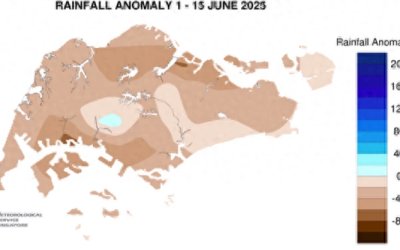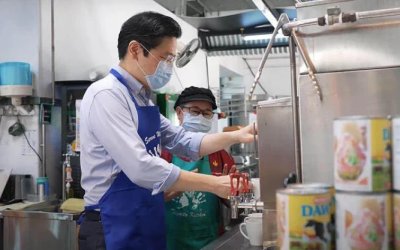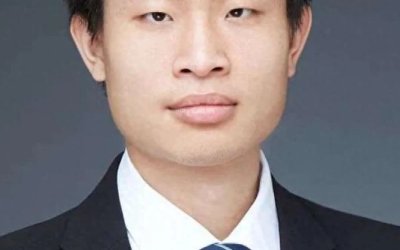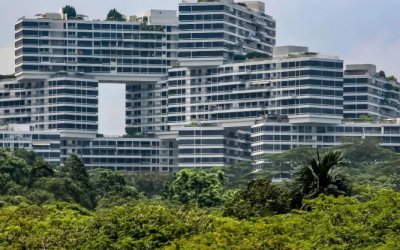2024年3月6日,新加坡衛生部長王乙康在國會答覆阿裕尼集選區國會議員畢丹星有關醫院急診室相關的問題。
以下內容為新加坡眼根據國會英文資料翻譯整理:
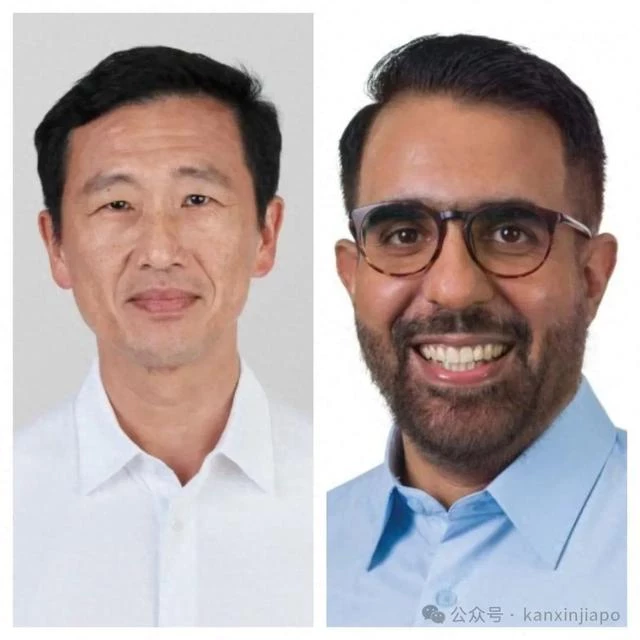
左圖:衛生部長王乙康 右圖:反對黨領袖,阿裕尼集選區國會議員畢丹星
主席:我們有時間作出說明。畢丹星先生。
畢丹星:謝謝主席。我想向部長提出一個問題。病人和醫療專業人員對緊急情況的定義可能不同,這取決於你的疼痛程度。為此,部長表示急症室約有40%的個案其實並非急症。我想問一下,這些年來這個數字是否穩定,因為如果穩定的話,那麼考慮與來就診的病人分享動態信息,將有助於他們更快地得到治療;如果這些潛在的病人去人少的醫院就診,醫護人員就不會超負荷工作。
第二問題是,除了提供床位使用中位數的資料外,可否亦提供病床在75%和90% 使用率的情況。
最後,我想說一下病患逾期住院的問題。這是否是醫院面對的一個重大難題?部長能夠提供一些有關病患逾期住院的信息,並在醫務社工、顧問和監督醫生之間做出更好地協調,以減輕病患逾期住院的問題?
主席:王部長。
王乙康部長:」緊急護理」的定義實際上是統一的。我們有一個命名法,P1、P2被認為是急診;P3 及以後不太緊急,然後再往上。根據這個定義標準,P3及以上占40%。我不知道這個數字是否穩定。我希望隨著時間的推移,這個數字會有所下降。但在此期間發生了新冠疫情。因此,即使是長期的數據跟蹤,也不一定具有代表性。我們正在盡力教育公眾,建立緊急護理中心,或是推行全科醫生優先計劃,來減少這個數字。
因此,我們的擔憂仍然存在,擔心公布動態信息會鼓勵更多的P3患者,即非緊急情況的患者,到急診室就診。有時,當急診室有喘息的時候,也許我們應該讓醫生和護士稍事喘息。因此,我們仍有顧慮。但是如我所說,我們不會拒絕這個建議,但我們一直有這個擔憂。
至於病床輪候時間是否超過中位數,是否可以給出75%、90%的使用率,問題仍然存在。但我們不變的處理方式是:如果病患需要緊急護理,急診部將儘可能第一時間為其提供床位。但我同意畢丹星先生的觀點,急診室並不是最舒適的地方。燈一直亮著。那裡有推車床,但並不是一個正規的病房。因此,我們必須進分清輕重緩急。那些需要住院緊急護理的病人,我們會立即為他們提供護理病房。因此,這不僅僅是等待時間的問題。病人的緊急程度和臨床需求也是一個重要因素。
至於病患逾期住院的問題,我之前已回答過了。過去, 逾期住院的病患維持在一天300人左右,現在已減少到 200 人,但仍有改進的空間。

以下是英文質詢內容:
The Chairman: We have time for clarifications. Mr Pritam Singh.
Mr Pritam Singh (Aljunied): Thank you, Chairman. A question to the Minister on my cut. Emergencies can be defined by the patient and the medical professional differently depending on the sort of pain you are in. And to that end, the Minister shared that about 40% of cases at Accidents and Emergencies (A&Es) are not emergency cases. I would like to enquire whether that has been a stable number over the years because, if it has been, then it may be helpful to consider some sort of dynamic information to be shared with walk-in patients, because it will help them get attended to more quickly and also for the health workers and health staff in hospitals who may not be overloaded if these potential patients go to a hospital which is less crowded.
The second question pertains to my cut with regard to providing information beyond just the median vis-à-vis bed utilisation, and whether it can also be extended to bed utilisation at the 75th and 90th percentiles.
I have a final query on overstayers. Is this a significant problem in the hospitals? It would be helpful if the Minister could share some information on overstayers and whether there could be better coordination between medical social workers and the consultants and overseeing doctors, so that this problem can be abated somewhat.
The Chairman: Minister Ong.
Mr Ong Ye Kung: The definition of 「urgent care」 is actually standardised and practised. We have a nomenclature P1, P2 which are considered urgent; P3 onwards not so urgent and it goes up. So, therefore, this is based on a standard definition, and so P3 and above is 40%. I do not have the number whether it is stable. I am hoping it has come down over time. But we had a pandemic in between. So, even if it is tracked over time, it may not be representative. But we are doing what we can educating the public, having UCCs, having GPFirst programme to reduce this number.
So, our concerns still stand, that the worry is that with dynamic information, we are encouraging more P3s, non-urgent, from coming to EDs. Sometimes, when the ED has a breather, maybe we should just let the doctors and nurses have a breather. So, we remain to have a concern. But as I said, we are not rejecting the suggestion, but we always had this concern.
As for bed waiting time beyond median, whether we can indicate 75th, 90th percentile, the issue remains this: that if there is urgent care needed, it will be given almost immediately, without delay, at the ED if possible. But I take Mr Singh’s point that it is not the most comfortable place. The lights are on. There is a trolley bed, but it is not a proper ward. So, we will have to prioritise. Those who need urgent care in the ward, we will give them immediately. So, it is not just a matter of waiting time. The urgency and the clinical needs of the patient play a big part as well.
On overstayers, actually I have addressed that question. We used to have about 300 overstayers at any point in time. It has come down to 200, but there is still room for improvement.
CF丨編輯
CF丨編審
新加坡國會丨來源
新加坡國會丨圖源

